If you must do it, take extra care
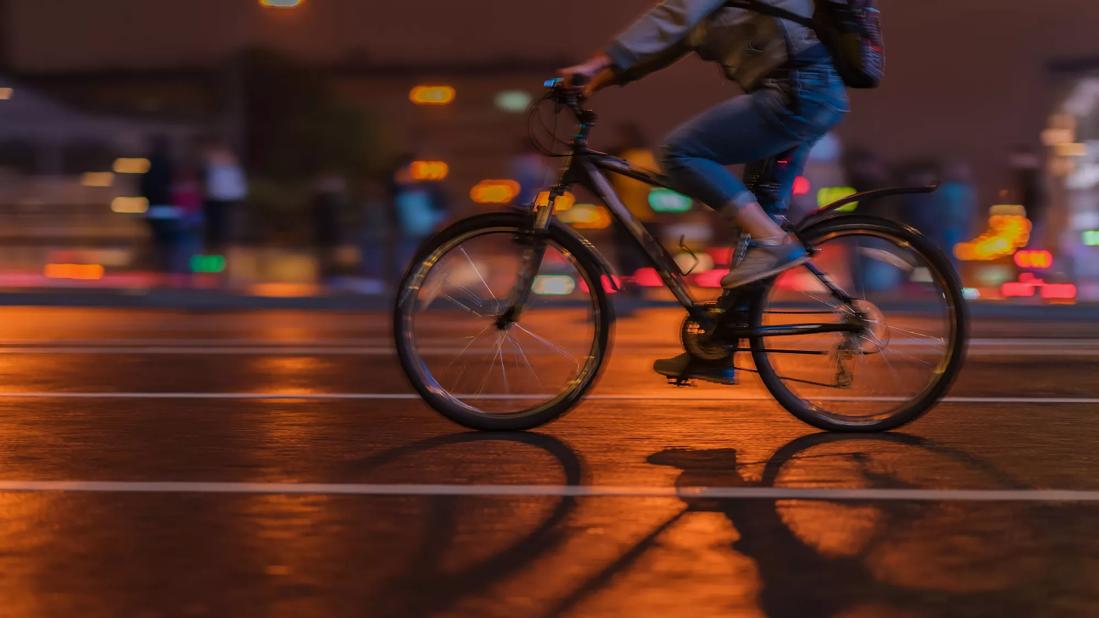
If you can ride your bicycle either day or night, it’s best to ride in the day.
Advertisement
Cleveland Clinic is a non-profit academic medical center. Advertising on our site helps support our mission. We do not endorse non-Cleveland Clinic products or services. Policy
Michael Schaefer, MD, Director of Musculoskeletal Physical Medicine and Rehabilitation at Cleveland Clinic, suggests staying indoors on a stationary trainer or a spin bike if you want to rack up more cycling time after dark.
That being said, many avid cyclists find themselves riding at night eventually — either inadvertently or on purpose. And, whether you enjoy night riding or must do it for some reason, it’s important to prepare yourself and your bike for doing it safely.
Dr. Schaefer, who is an avid cyclist himself, offers some tips on the best way to safely get to your destination when you’re riding after dusk or before dawn.
Map out routes that are well-lit and have lighter traffic in the evening hours. If you can, stick to lighted bike trails or roads that have designated bikes lanes, Dr. Schaefer says.
If you find a road with good lighting at night, double-check to make sure they’ll still have the lights on when you plan to ride. Some street lights turn off after a certain time in the evening.
You absolutely must stay as well-lit as possible. One low-cost way to do this is to purchase reflective duct tape and stick it prominently on your back and on the back and sides of your bike.
Advertisement
If you are going to ride frequently in the evening, a lighting system is necessary, Dr. Schaefer says. There are only a few on the market that are really adequate for night biking, he says.
“Probably only the most expensive and brightest systems are adequate,” he says. “Any bike lighting system should have front and rear lights, a large battery capacity and a large number of lumens.” (A good gauge is 800 lumens or higher, especially if you’re riding on darker roads.)
It’s a good idea to use good front and rear bike lights even in the daytime to make yourself more visible in traffic, he adds.
Dr. Schaefer says there is a lot of good reflective clothing (with reflective elements woven into the fabric) on the market. This clothing helps light you up when headlights shine on you in the evening or early morning hours.
There is other technology that is helpful for riding at night. For instance, Dr. Schaefer uses a radar system that alerts him when a car is coming up from behind. It also lights up to warn oncoming cars that a cyclist is ahead.
Whether you are often out riding at night on purpose or sometimes get caught out later than you mean to, having proper lighting can go a long way toward keeping you safe.
Dr. Schaefer recommends exercising extra caution and riding at a slower speed at night. And, if you find yourself in an area with no lights at all or on a particularly poorly lit section of road, it’s a good idea to get off and walk your bike until you (and drivers in the cars around you) can see better.
Advertisement
Learn more about our editorial process.
Advertisement

A type of high-intensity interval training, fitness boxing can challenge your body and mind
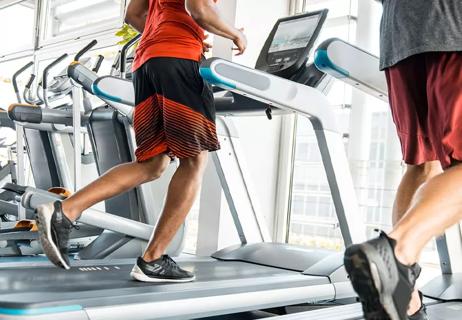
Running doesn’t cause knee arthritis, but you can take steps to minimize cartilage damage
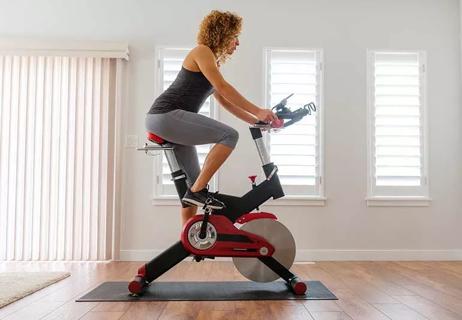
Fit, duration and positioning are more important than you might think
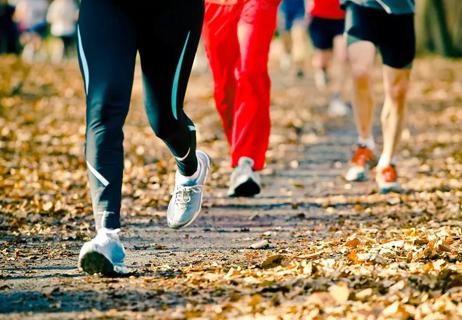
What you should know before hitting a race before the big Thanksgiving meal
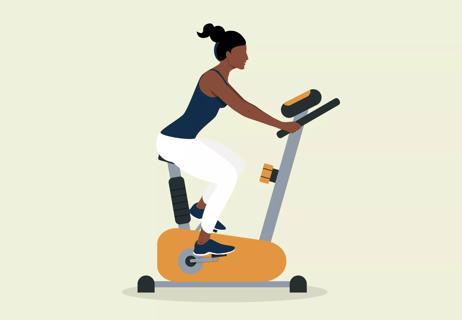
How to make the most out of cycling
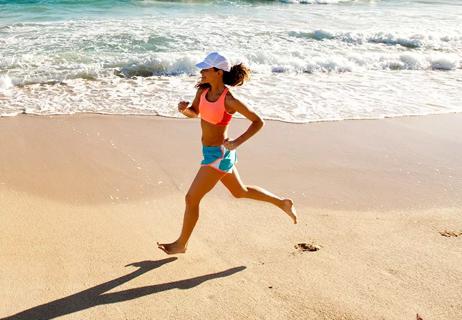
As a training tool, ditching your shoes could help you build better running form to avoid injury

Fast facts for anyone starting a running routine

Why aren’t mental health issues taken as seriously as physical issues?

Type 2 diabetes isn’t inevitable with these dietary changes

Applying a hot or cold compress can help with pain